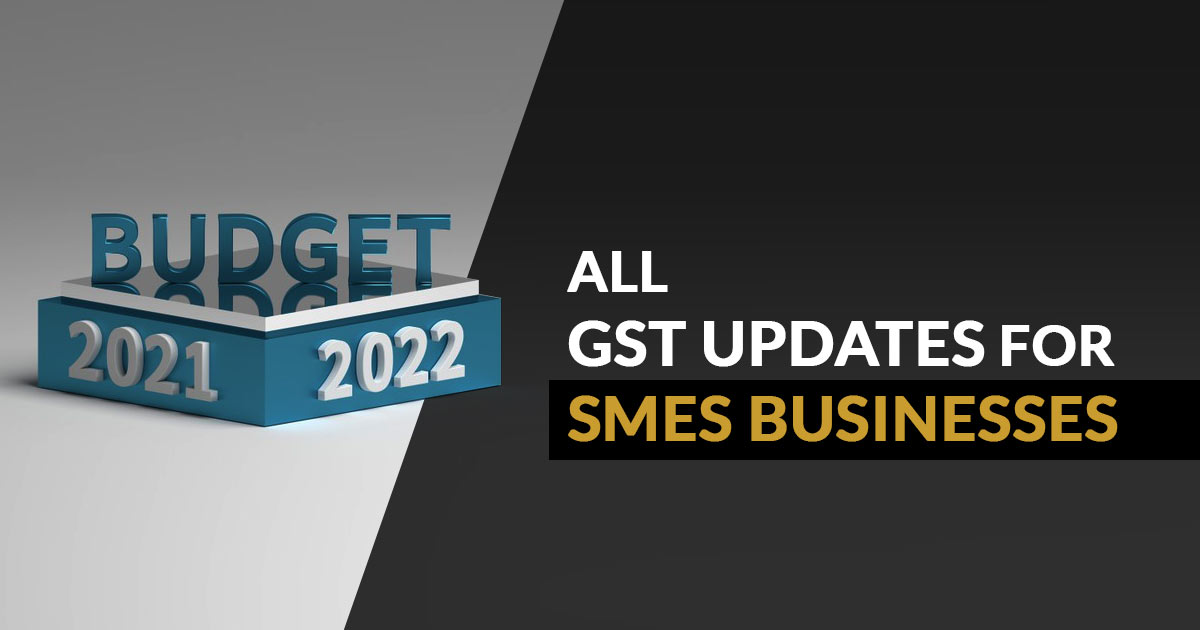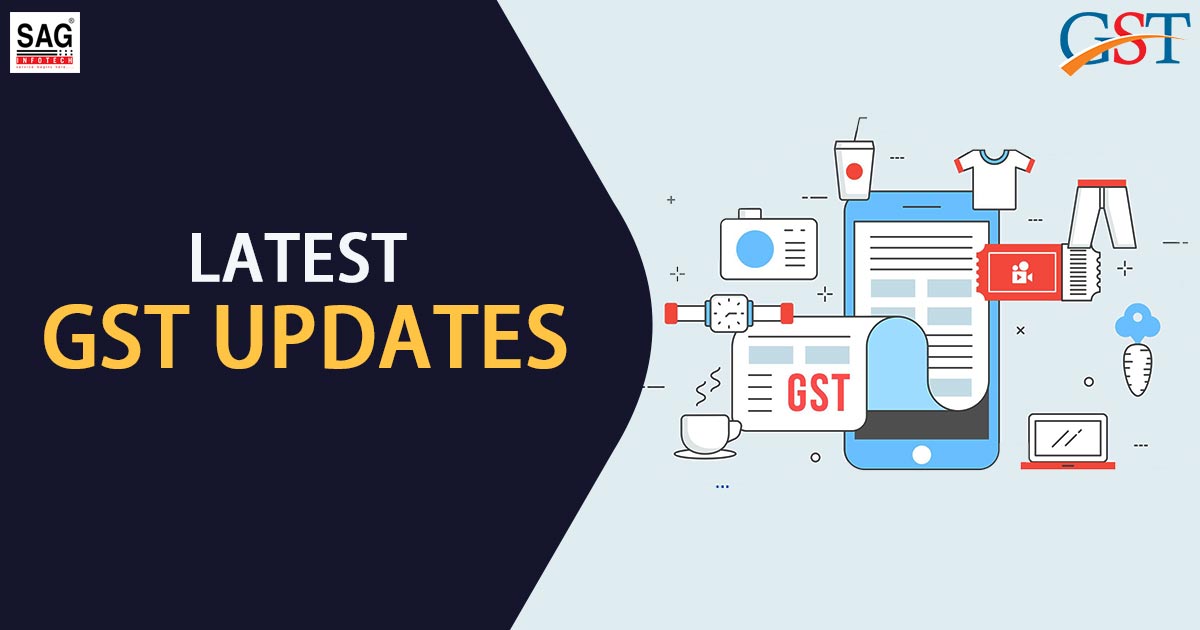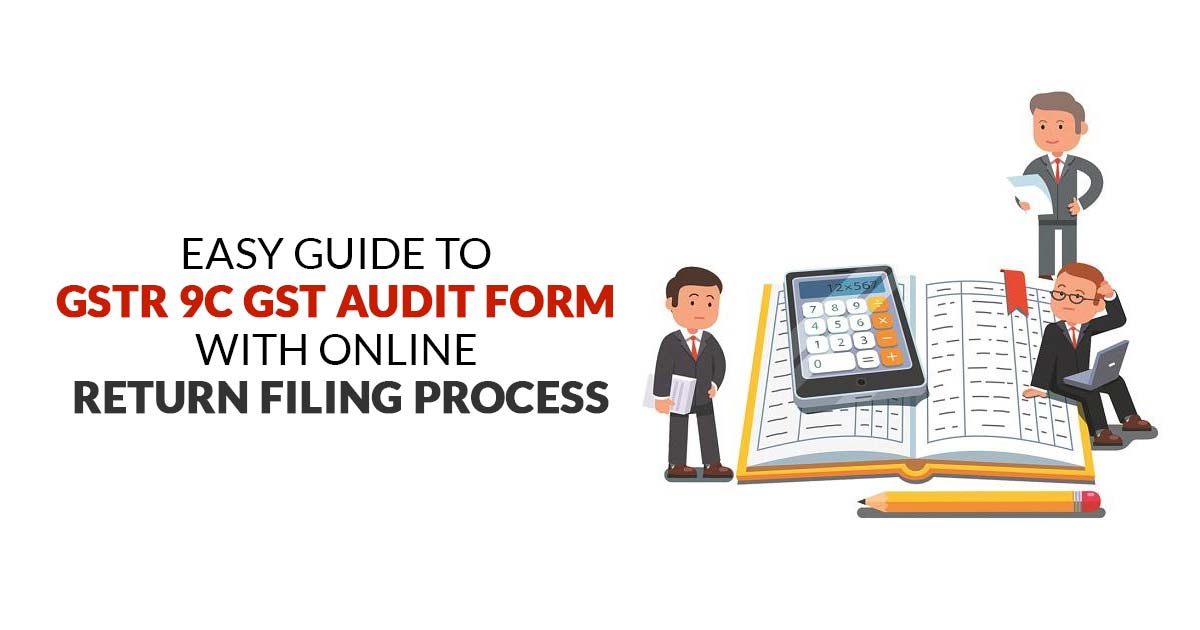Budget 2021, which was officially announced by Finance Minister Nirmala Sitharaman on February 1, 2021, introduced multiple changes to the tax regime, including the goods & service tax (GST) system – the indirect tax system of India.

The new GST changes, which include relaxation in mandatory audits for registered businesses, aim to help SMEs recover from the after-effects of the COVID-pandemic.
Here are the key GST changes & updates 
Relaxation in Mandatory Audits
Normally, businesses liable to pay GST are required to get their accounts audited on a yearly basis by a registered chartered accountant.
However, in the aftermath of the pandemic, which made many businesses economically weaker, the finance minister has decided to remove the requirement for businesses with a turnover above 5 crore to mandatorily have their account audited by a professional. Also, they will no longer be required to furnish an external certification of annual reconciliation statement 
The step is aimed at making compliance easier & more affordable for particular businesses. However, experts believe that it will lead to an increase in the number of auditing errors that can otherwise be found and dealt with at the initial stages.
“Self-certification by businesses themselves may lead to another relief and make the process quicker. The industry has been suffering since the last three years as Form 9C seeks a lot of information, often leading to time consumption and effort on the part of tax function in a company,” said Jigar Doshi, partner, TMSL LLP.
Need to Pay Interest Only on Net Liability
Generally, taxpayers are required to pay tax to the government before the prescribed deadline. This includes their tax liability minus any unutilised input tax credit. In case of a delay in tax payment, taxpayers were required to pay interest on the tax liability. However, the question was whether this interest was payable only on net liability, i.e. outstanding tax minus unutilised credit, or the gross tax liability.
The government has now removed the doubt by introducing an amendment to the CGST Act specifying that interest in the case of delay in tax payment will only apply to the net tax liability.
Credit Available Only Against Valid Invoices
Earlier, taxpayers could claim an input tax credit 
Later, the government made an amendment in CGST rules that said that credit can only be availed if the valid invoices are uploaded by the supplier along with the details of his outward supplies’ statement. However, no proper Act was made to strictly impose such restrictions.
A new amendment in section 16 of the CGST Act has now been introduced in the budget 2021, which incorporates restrictions/requirements for tax credit availability.
“By bringing in the amendment, the government has provided backing to the legislation to streamline it with the rules framed in this regard. Litigation on said ground will now be put to rest!” says Jigar Doshi, partner, TMSL LLP.
Besides the above changes, the government has also proposed a number of amendments, one of which says that a taxpayer can make an appeal in certain cases only after depositing 25% of the contested amount with the tax department, following which the authority will take the necessary actions.